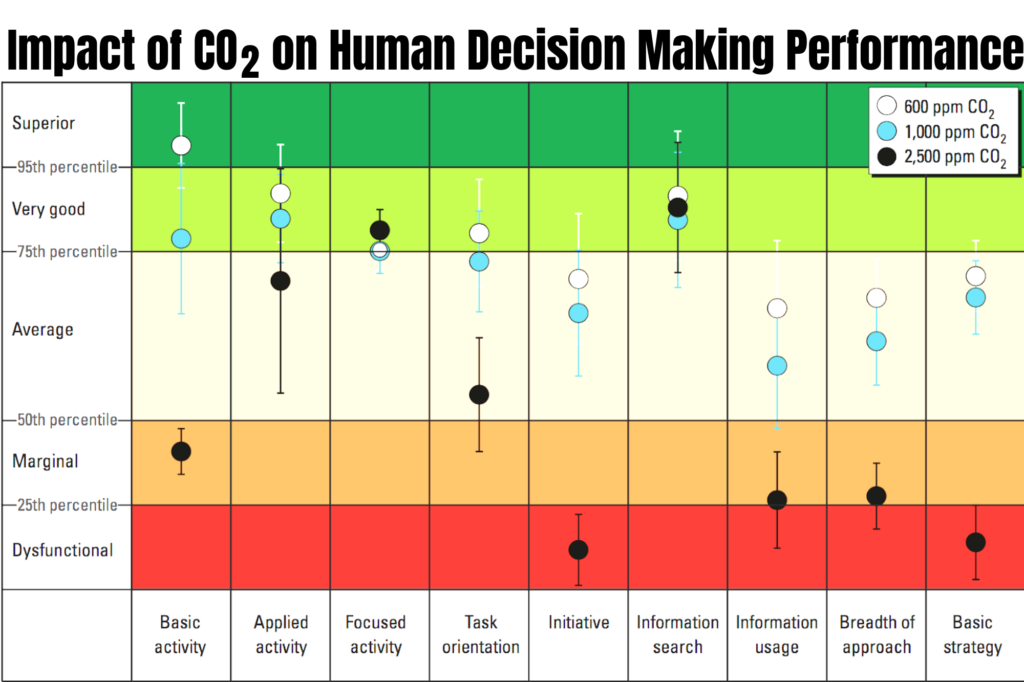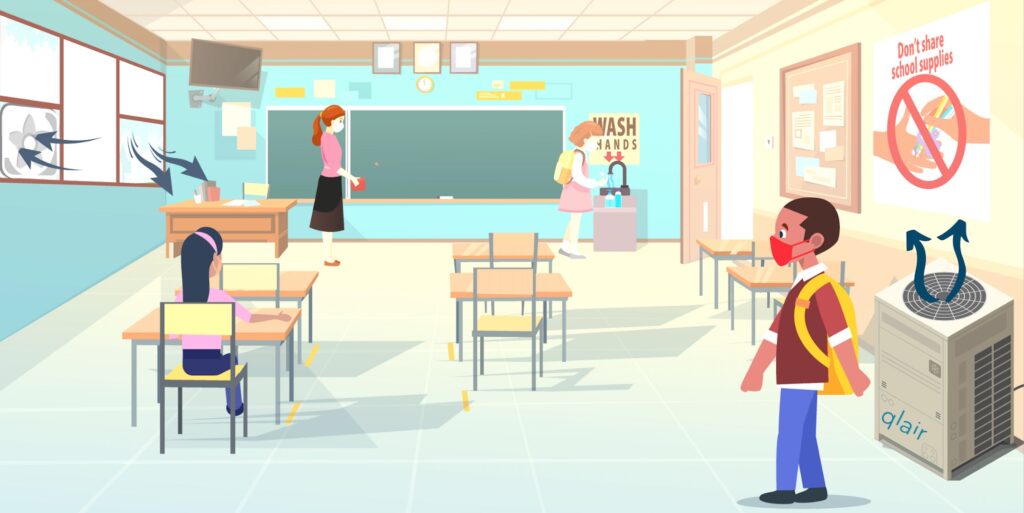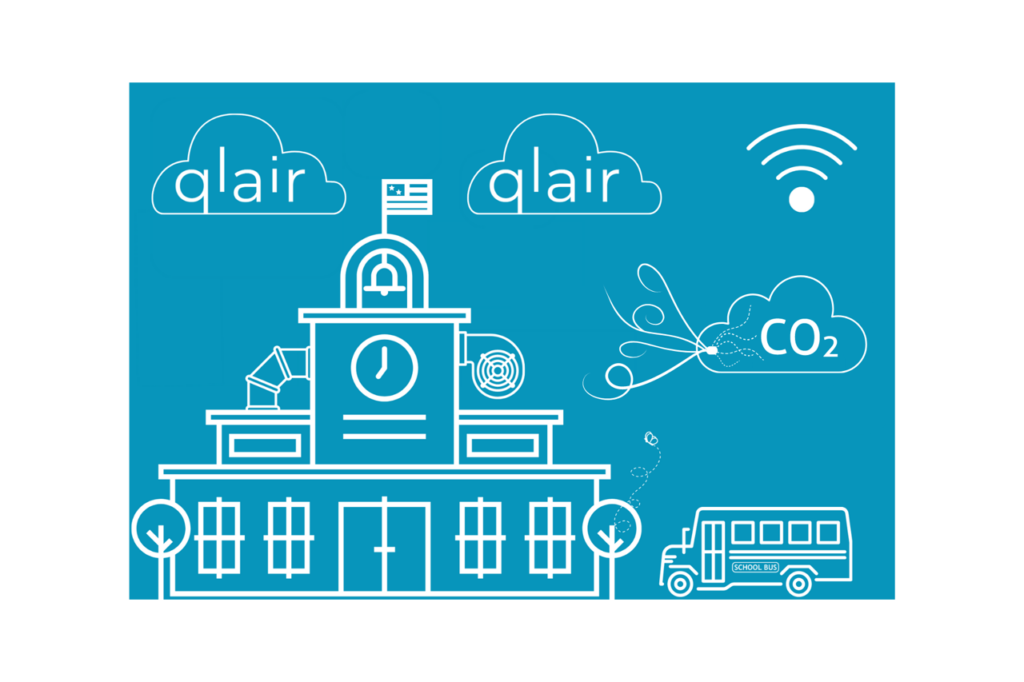Should Schools Monitor CO2 Levels in Classrooms?
Plenty of research has proven that high concentrations of carbon dioxide (CO2) are harmful to cognitive function in children and adults. A recent study, published by the Center for Real Estate Research at MIT, found that “exposure to poor indoor air quality during the school term preceding a test is associated with significantly lower test results”. The saying ‘out of sight, out of mind’ plays a big role in the dangers of CO2 as it’s colorless, odorless, and nearly impossible to detect without an indoor air quality (IAQ) monitoring device. CO2 poses a greater threat in classroom settings because children are more susceptible to physical harm from environmental exposure, “children breathe more air… in proportion to their body weight than adults” according to the EPA. It’s clear IAQ monitoring programs that include CO2 detection in classrooms should be taken more seriously, so why aren’t they and when will they be?
CO2 monitoring devices and systems are not commonly used in most commercial spaces today because they can seem like a big upfront cost that might not provide enough return value. However, this is a misconception because the initial investment in improving the quality of occupants’ working and learning environment has lasting benefits that compensate for themselves. With all the new data about the physical danger of high concentrations of CO2, three states in the U.S. took proactive action to upgrade public school facilities.

Are Any Schools Taking Action?
The California, Colorado, and Maryland General Assembly ruled, in 2022, that public schools are required to implement CO2 monitoring programs in classrooms. The legislation came as part of an initiative to provide students and staff with a healthier indoor environment to foster productivity and success. Not every state has the same legislative terms for monitoring CO2 levels in classrooms, so things like specifications of IAQ monitors and timelines for program implementation varies from by location. Different states will likely have more thorough and effective programs than others right now, but government support for administering IAQ monitoring in public is a step in the right direction.
California’s Assembly Committee on Higher Education passed a bill to “ensure that all classrooms are equipped with a CO2 monitor” by the end of the next 5-10 years. The Maryland General Assembly established the Safe School Indoor Air Program in the Maryland Department of the Environment to improve IAQ in public school classrooms, “requiring public schools to monitor carbon dioxide levels in each classroom in a school at least twice each school year”. The Colorado General Assembly passed a bill for stricter regulations on clean air in public facilities that included new guidelines for CO2 sensor testing in public schools under section 4F.

Build Your Own CO2 Monitoring Program with qlair Today!
The message about the importance of healthy IAQ in classrooms for more than just preventing the spread of disease is not mainstream yet. Implementing a system to monitor and ensure healthy IAQ for students and staff is simpler than you might realize. However, it’s understandable to still have questions so schedule a Free demo with a qlair expert. Check out some of qlair’s other blogs as well, some previous topics were industry related news and/or events, step-by-step guides to improve IAQ, and announcements about updates to air monitoring services and technology. Get clarity on how to improve the safety and quality of the indoor environment in your commercial facilities today with qlair!

